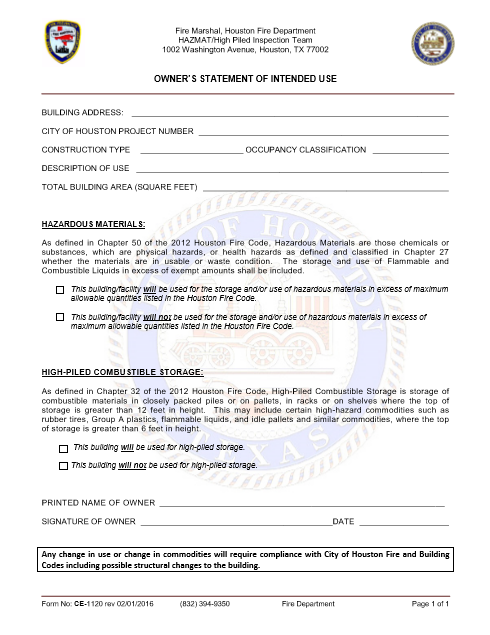When moving into a warehouse and storing commodities over 6 foot or 12 foot and over 500 square feet (depending on commodity) the International Fire Code (IFC) requires that plans be developed and submitted to show compliance with the requirements for high piled combustible storage. In addition to this building permit, the fire marshal of the municipality, which is considered the authority having jurisdiction (AHJ), will require a high piled combustible storage permit to collect the fees for annual inspections for compliance. It is important to note the difference. 
In its essence, a high piled storage permit is nothing more than a piece of paper, the receipt for payment of the permit. What it is not, however, which is usually detailed in the “fine print,” is an approval for compliance of high piled storage through the building department. This is often misleading to tenants because they will get their occupancy certificate, go to their AHJ, apply for and receive a high piled storage permit, only to find out later that it is invalid because the above plans were never submitted for the high piled storage portion.
The reason for this is that there are usually two departments within the AHJ that have a stake in the high piled storage permit; the building department and the fire marshal, and there is a confusion in the terminology.
For any AHJ, plans must be submitted for any building permit involving a tenant move in, tenant addition, or tenant remodel. This includes the installation of racking as well as high piled combustible storage (even if only floor piling storage), regardless if a fire marshal requires a high piled storage permit. The correct process consists of properly filling out the occupancy permit application to include high piled combustible storage as part of the initial occupancy plans. Doing so ensures that the proper plans are reviewed for the occupancy permit corresponding to the actual use of the space.
These plans will include a fire code site plan, high piled storage code review pages, egress lighting pages, and structural rack pages (if racking will be used for storage). These documents are then submitted along with the supplied pages from the architect and other professional service providers, depending on the scope of work. 
The actual high piled combustible storage permit is a fire marshal regulated operational permit, similar to sign, dumpster, and other operational permits. This permit is often renewable per a certain time frame, such as annual or biannually, and helps the fire marshal keep track of the buildings with combustible storage so that they can maintain an inspection schedule on these occupancies. Each tenant in each space of a building, whether multitenant or whole building, is required to have a building permit for their certificate of occupancy. However, some AHJs do not have the renewable permit requirement. This is where the confusion lies.
Therefore, the question of “Do I need a high piled storage permit?” is an incomplete question. For a building permit when getting your certificate of occupancy a building permit is always required for high piled storage. However, depending on the jurisdiction, an operational permit may not be required. The way to find this out is to call both the building department and the fire marshal’s office of the jurisdiction and ask both what they require for plans review and permitting.
Another idea is to hire a permit expeditor or fire code consultant that specializes in high piled combustible storage to assist in this process. They make sure that no stone is left uncovered and that your final occupancy is the correct occupancy.
